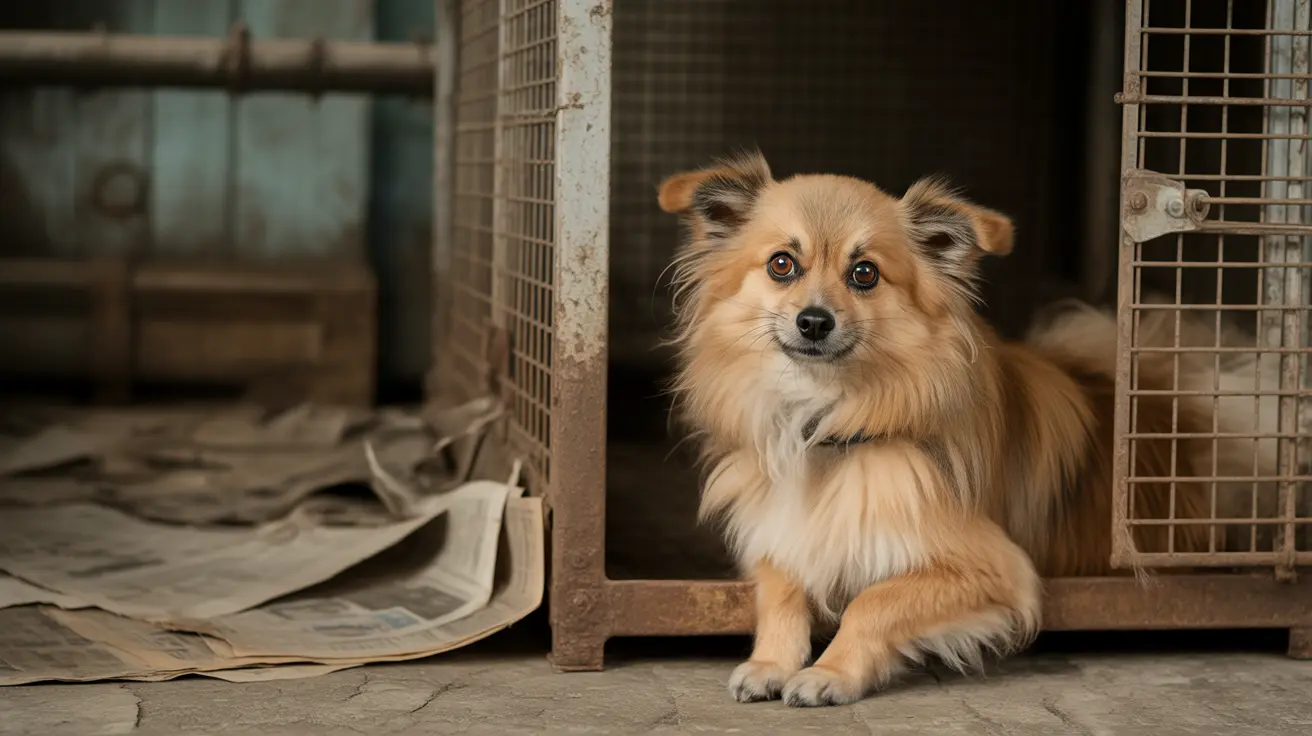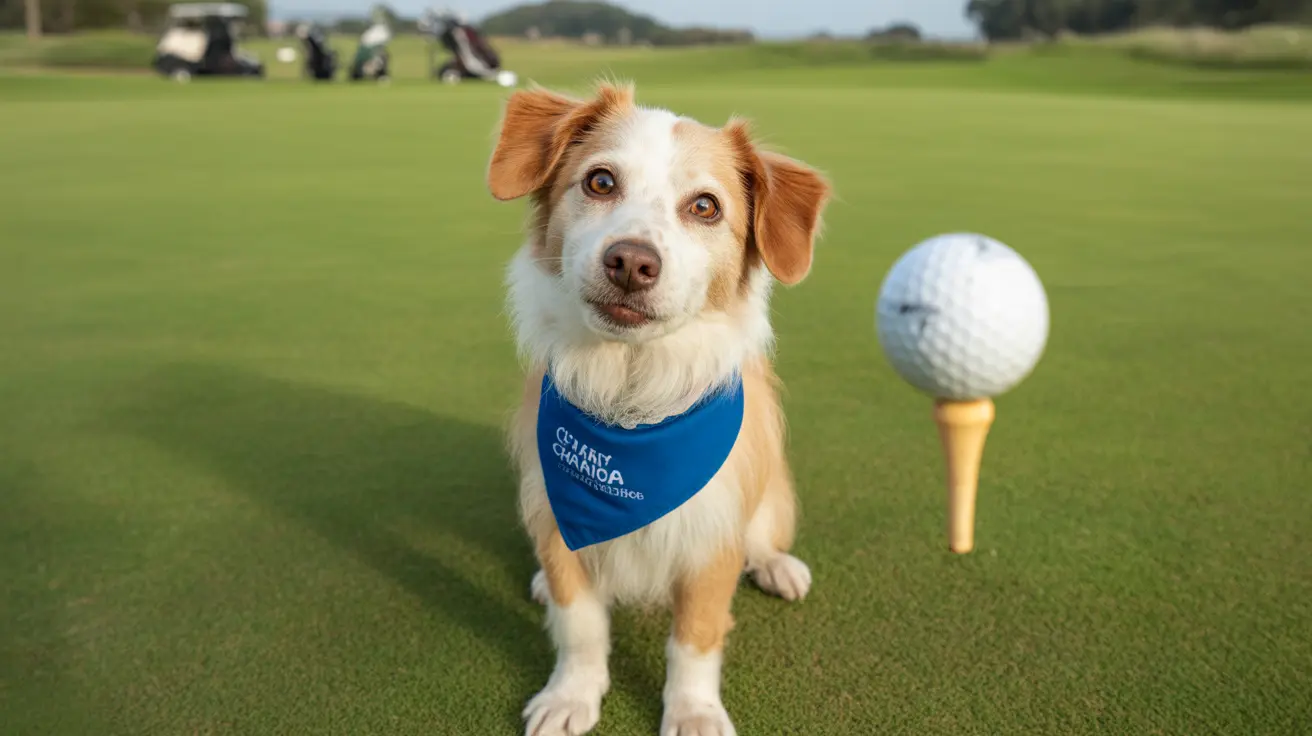How to Start Being a Responsible Breeder
Becoming a breeder requires more than just pairing two animals and hoping the offspring are healthy. It involves a profound commitment to animal welfare, health testing, and ethical breeding practices. Starting off on the right foot ensures you're contributing positively to animal populations and not inadvertently becoming a backyard breeder.
Understand the Responsibilities of Breeding
Unlike backyard breeders who often lack the knowledge and experience necessary for responsible breeding, ethical breeders go through rigorous efforts to ensure the health and temperament of their animals. Breeding comes with a great deal of responsibility:
- Safeguarding genetic health through screening and testing
- Committing time and resources to socialization and care
- Being selective and transparent with prospective buyers
- Maintaining proper records and documentation
- Providing lifetime support for animals you've bred
Gain the Necessary Knowledge
Before starting, learn everything about the species and breed you're interested in:
- Breed standards: Understand what defines the breed physically and temperamentally
- Reproductive health: Study the reproductive cycles, timing, and signs of complications
- Genetic diseases: Know which conditions commonly affect the breed and how to test for them
- Care requirements: Learn about dietary, exercise, and grooming needs
Establish Proper Living Conditions
Animals must be kept in environments that are sanitary, spacious, and enriching. This includes:
- Clean, well-ventilated housing with adequate temperature control
- Access to outdoor space for exercise and stimulation
- Routine cleaning to prevent infections and infestations
- Social interaction with humans and, if appropriate, with other animals
Conduct Health Tests and Screenings
Responsible breeders perform health checks not just on puppies or kittens but also on breeding stock. Essential testing includes:
- Genetic screenings for hereditary conditions
- Vaccinations and parasite control
- Veterinary evaluations before mating and after birth
Join Breed Clubs and Associations
Being part of a recognized breed organization shows commitment and offers access to valuable resources:
- Mentorship and education from experienced breeders
- Access to ethical breeding standards and regulations
- Credentials that reassure prospective buyers
Create a Responsible Breeding Plan
Unplanned breeding contributes to overpopulation and animal suffering. Plan ahead by considering:
- When and how often to breed a female
- The ideal genetic match for both physical and behavioral traits
- Post-birth responsibilities like weaning, socialization, and vaccinations
- Emergency plans for complications during pregnancy or birth
Vet Potential Buyers Carefully
Responsible breeders don’t sell to just anyone. They:
- Interview buyers to assess readiness and lifestyle compatibility
- Require contracts that outline return policies and care expectations
- Stay in contact to follow up on the animal’s wellbeing
Recognize and Avoid Backyard Breeding Practices
Backyard breeders often skip critical steps in breeding. Warning signs include:
- Poor living conditions or filthy environments
- Multiple litters available constantly
- Unwillingness to answer questions or allow facility visits
- Lack of documentation such as vet records and health tests
Consider Alternatives: Rescue and Adoption
If you're unsure about breeding, consider supporting animal welfare through rescue efforts. Many pet-worthy animals need homes and adopting helps reduce the demand for irresponsibly bred pets.
Conclusion: Ethics Above All
Breeding is not about profit—it's about preserving the integrity of a breed and ensuring the health and happiness of the animals. By investing in education, practicing transparency, and prioritizing animal welfare, you can be a responsible breeder who contributes positively to companion animal communities.





